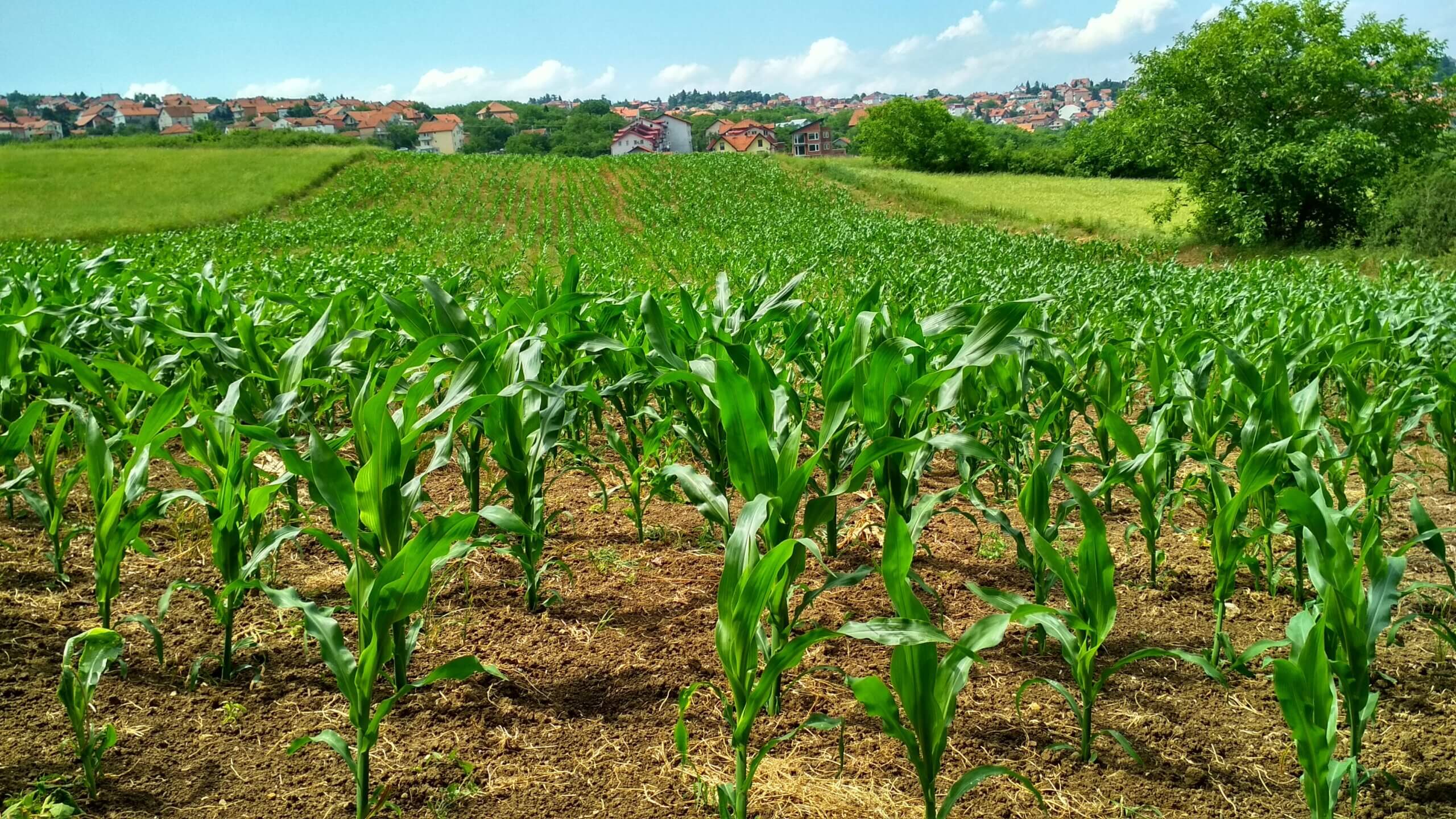The world is headed toward a global food shortage. Prices were already at an all-time high earlier this year, as the pandemic and a slew of bad weather events disrupted agriculture. Then Russia, the world’s second largest cereal exporter, invaded Ukraine, the world’s third – creating, in the process, a global energy shortage that only compounded the pressure on food prices. The UN Food and Agriculture Organization’s (FAO’s) food price index shot up 13% in March vice February. It is sitting its highest point since the index’s inception in 1990.
And this is just the beginning. The real effects of Russia’s invasion of Ukraine on global food supply will not be felt until next year: The planting season for 2023-2024 begins in September. Ukrainian farmers will enter it hindered by mine-laden fields, destroyed equipment, and a shrunk workforce – not to mention devastated port and logistics infrastructures; Russia is likely to enter it still cut off from the international market.
Moreover, the true consequences of food shortages reverberate long after food prices rise. This is the stuff of cascading, determinative, second and third order effects. This is what violent crime, regime change, revolution, and general social upheaval are made of. Think the Arab Spring, but on a larger scale. Already, Sri Lanka and Peru face violent protests over shortages and Pakistan’s Prime Minister has been ousted.
Before the world sinks into famine – and, as a result, into violent chaos – the US, as well as its allies and partners, need to step in. They need to start thinking about food as a strategic resource, investing in and protecting supply accordingly, and doing so in a way updated for the realities of modern agriculture. Right now, that is what defending the global order demands.
At a most basic level, the US should double down on investments into domestic agricultural production: Make sure that farm and ranchland is protected and prioritized, that the US is able to make agricultural and food processing equipment, and that the national food distribution system works. In the process, the US should get serious about treating the core inputs into agricultural production – whether farmland, seeds, or agricultural data sets — as critical elements of national security to be defended. The US needs control over these in order to ensure control over domestic food production.
But re-imagining food as a strategic resource does not end at production. It should also entail injecting intentionality into the marketplace – into how and where agricultural products are sold: Right now, China is buying up US corn and soybean exports at pace, stockpiling American agricultural reserves at the expense of the rest of the global system, including US allies and partners. This is not something that a world headed toward large-scale food shortage can afford. Washington controls the export of advanced, security-relevant technology. Food should be considered just as much a strategic resource as the knowhow behind unmanned aerial vehicles.
Washington controls the export of advanced, security-relevant technology. Food should be considered just as much a strategic resource as the knowhow behind unmanned aerial vehicles.
And the US should also double down on supporting the advancement of agricultural production globally. The US is a technological and agricultural powerhouse, equipped with cutting-edge capabilities ranging from precision agricultural to advanced food processing. Sharing these with emerging economies could drastically increase global food production, and with it stability. It could do so in a way that also bolsters American soft power. And it could ensure that emerging economies succeed in developing and controlling their own agricultural futures, rather than relying on distortive spoilers like China that might wield agricultural aid as a tool with which to cement coercive leverage.
Across the board, the US should pursue these lines of effort in a fashion updated for the realities of modern agriculture. For example, next-generation agriculture depends on digital technology empowered by large data sets. The US should be investing to lead the digital agriculture era, at every step from technological development to large-scale application to production of equipment, like drones, necessary for operationalization. The US should also be protecting key resources in the process, including by developing a controlled system for data set storage and use, as well as a corresponding regulatory architecture – and exporting that architecture internationally.
The US remains the backbone of the international order. That order depends on access to basic resources. Agricultural production, rather than or alongside aircraft carriers, is what protecting global stability looks like in today’s geopolitical environment.
(Photo by Pexels)




